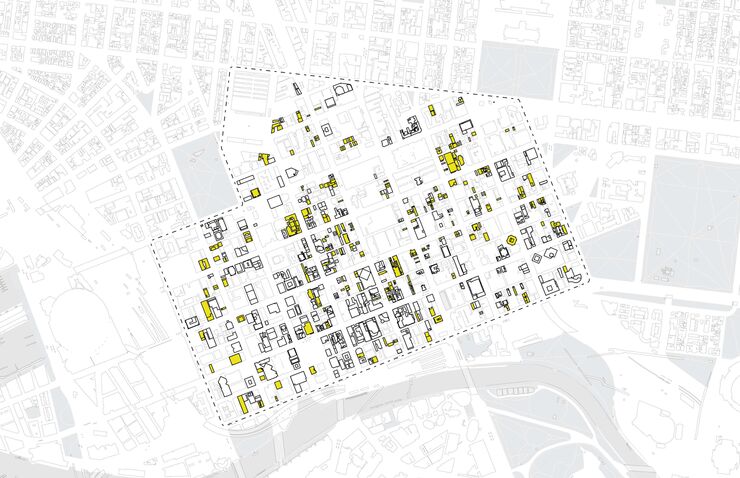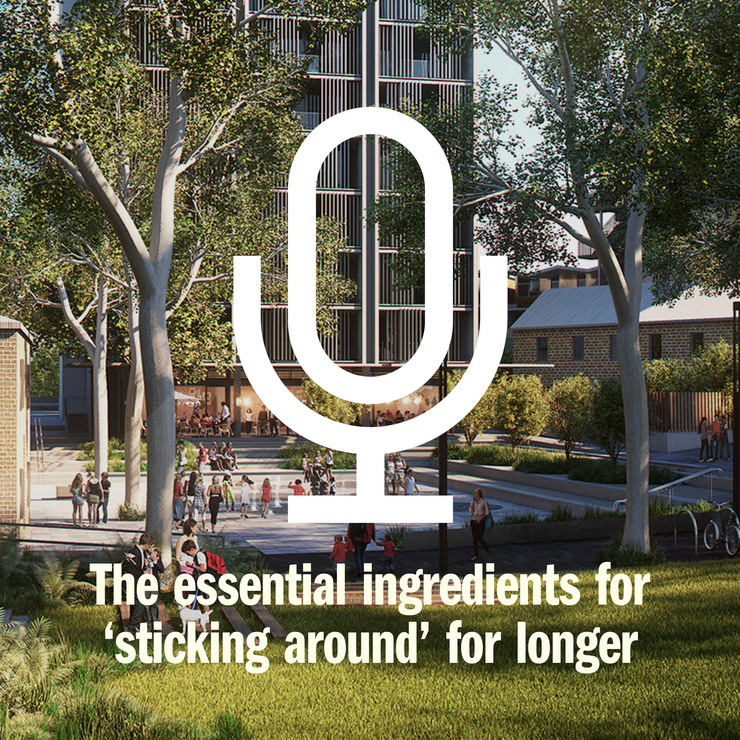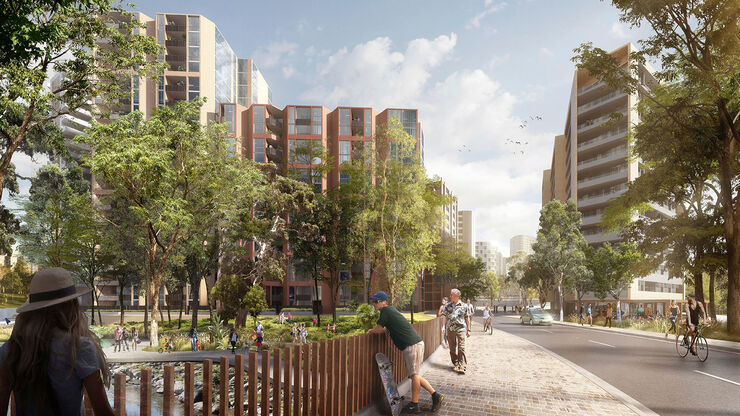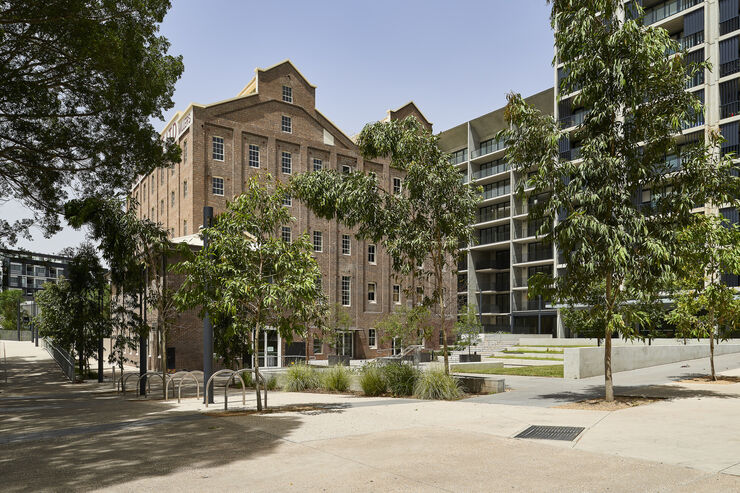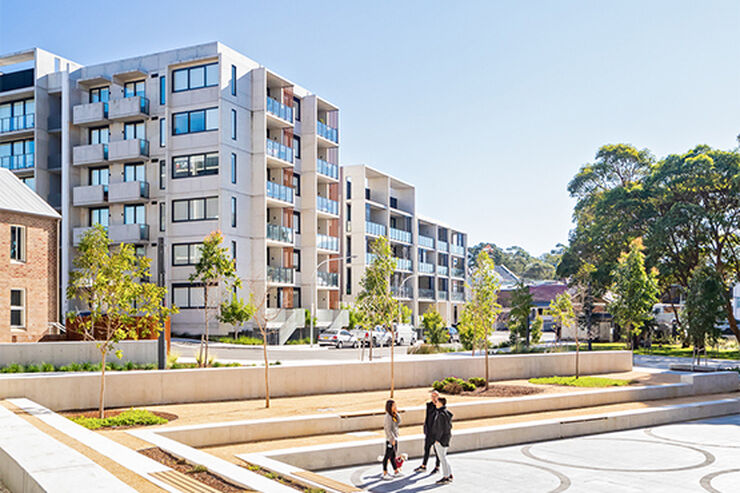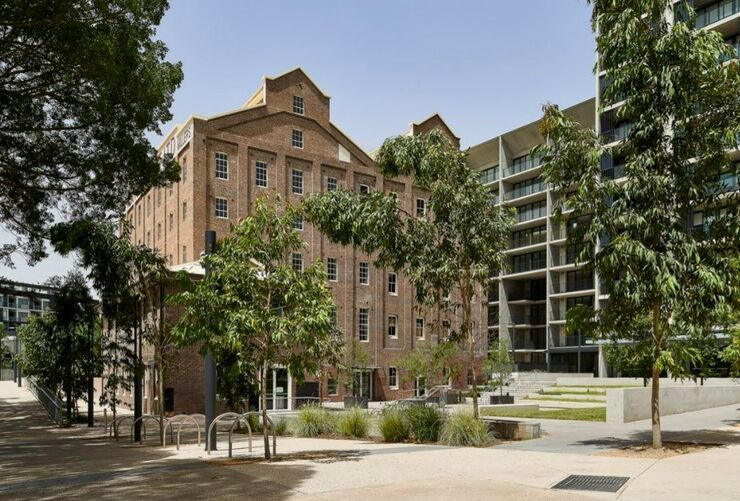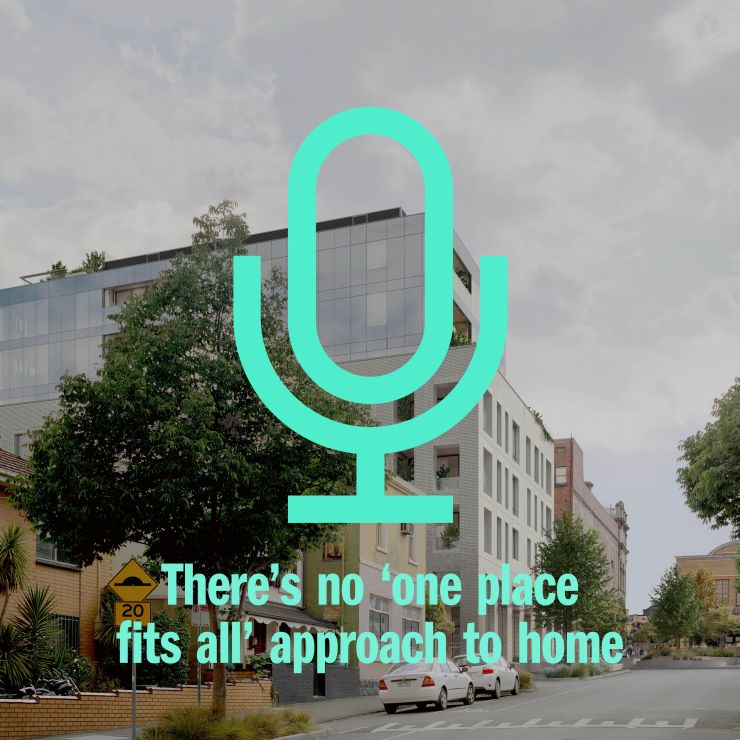Can we innovate our way out of a Housing Crisis?

In the quest to navigate the housing crisis, Jeremy Schluter, one of our residential sector leads, explores Australia’s imperative to innovate its way out of scarcity.
Like many countries, Australia has a significant housing under-supply that is forecast to become critical over the coming years. To combat this, the federal government is promising bonus targets for delivered housing — however it is imperative to consider what types of housing, and where, will have a net-positive impact.
It’s one thing to talk about record housing scarcity – it’s another to shift the conversation toward solutions that prioritise quality housing, regenerative design and building strong communities.
This ideological shift represents a significant opportunity to make long-lasting positive impacts on the future wellbeing of people and economies.
To address this challenge effectively, we need innovative ideas — new approaches developed by gathering insights from around the world and investigating design responsive solutions.
BEYOND SPRAWL
Urban and suburban sprawl has long been a challenge. The impact of urbanisation on arable land poses a threat to food security, poverty and the climate crisis. Investors and governments are considering development opportunities within established suburbs and inner city regions — where delivering the right type of housing in the right areas is a critical issue to ensure we have sustainable, affordable and liveable future cities.
To restore balance to the rental market and achieve a healthy vacancy rate of 2-3 percent in Australia, an additional 40,000 to 70,000 rental properties are needed right now. With millennials and migrants accustomed to higher population densities and first-time home ownership becoming increasingly elusive, apartment-living and long-term renting in inner-urban areas are gaining popularity as viable alternatives to the Australian dream of stand-alone houses on larger blocks.
In Melbourne, plans to build 60,000 new homes in 10 already established areas were revealed in October 2023, identifying the likes of Broadmeadows, Camberwell Junction, Chadstone, Epping, Frankston, Moorabbin, Niddrie (Keilor Road), North Essendon, Preston (High Street) and Ringwood as areas of potential positive urban / suburban medium-density evolution.
These centres already have established transport connections and village hubs as well as healthcare and education amenities. As such, they are the focus of the state government’s wider plans to address Melbourne’s soaring population and housing crisis by significantly increasing housing density.
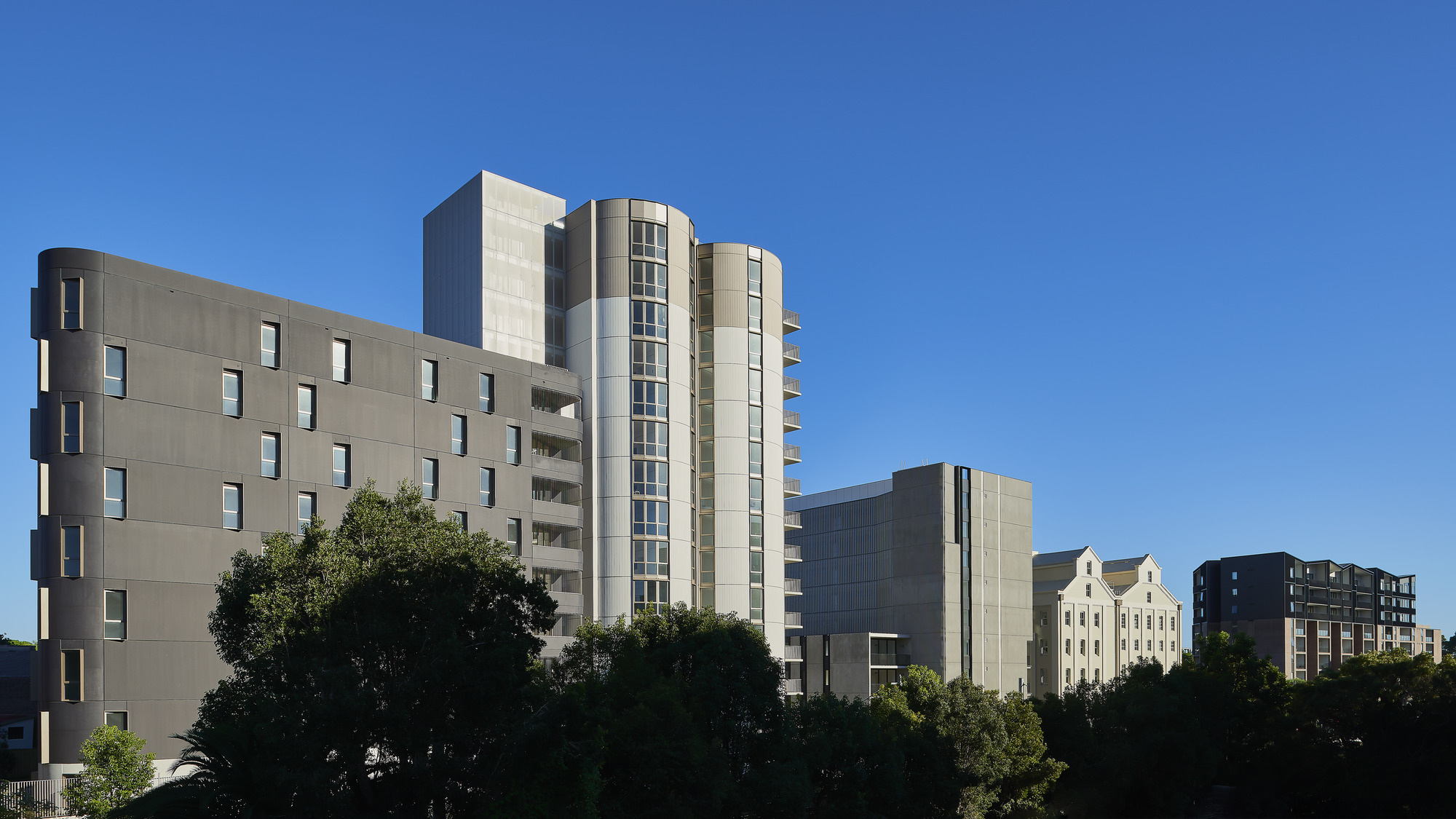
RADICAL REUSE
Words like density can alarm locals, but done well, higher density projects create community, increase social interaction, walkability and cultural diversity fostering a more vibrant neighbourhood. They’re also more energy and resource efficient and can contribute to economic growth by attracting businesses, creating job opportunities and fostering innovation. Urban areas with high density often become magnets for cultural and economic activities.
Our award-winning urban regeneration project Flour Mill of Summer Hill residential precinct in Sydney, completed in 2019, is a case in point.
Flour Mill is a thriving mixed-use ‘village’ that fared extremely well throughout the COVID-19 pandemic. Thanks to sustainable development and its sense of community, apartments in this heritage revival of an industrial mill are still highly sought after.
Our master plan for Ivanhoe Estate in Sydney’s north is another example of a new approach to density that blends social, private and affordable housing in a precinct set against protected bushland. Marking a clear shift from more traditional models of social housing, Ivanhoe goes beyond the simple offer of affordable homes to providing places that encourage a sense of community from excellent schools, neighbourhood playgrounds and community gardens to public dining spaces in the town square and village green.
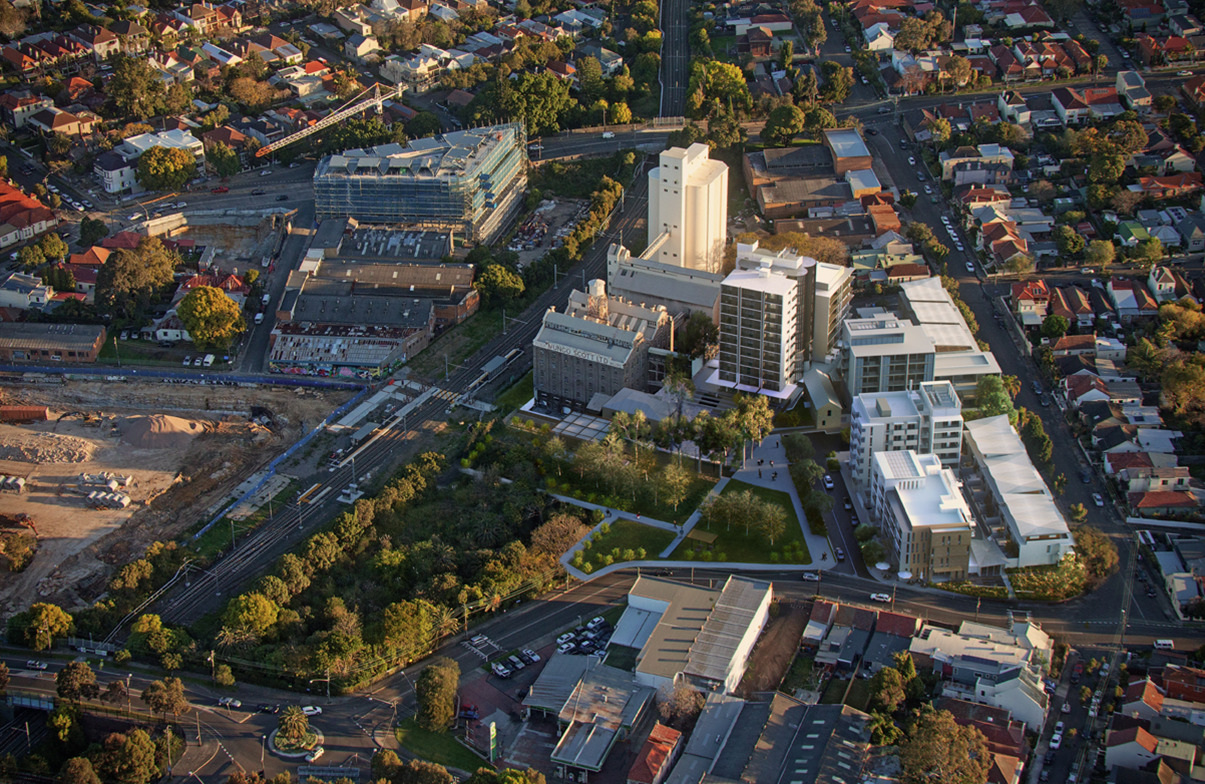
CBDS OFFER SOLUTIONS
There is a lot of talk in the media, across industry and in halls of government about radical re-use as a potential housing solution. Our Office to Home research revealed opportunities for 86 office buildings constructed before 1990 in Melbourne’s city centre (roughly 6.5% of CBD commercial properties), as prime candidates for radical re-use. These structures boast generous proportions, structural integrity, strategic locations and are either vacant or under-tenanted, making them ripe for transformation.
If just half of these buildings were repurposed from offices into homes, it could result in the creation of 10,000 to 12,000 new apartments, offering housing for up to 20,000 people, or an increase of the current CBD population by a further 40% of its current levels.
Along with the conversion of older hotels and serviced apartments, this could represent a substantial contribution to Melbourne’s housing supply, addressing the critical need for more housing units. What’s crucial is that this transition opportunity is aligned and delivered with sustainability principles, reducing upfront embodied carbon and preserving valuable architectural assets.
NECESSITY: THE MOTHER OF INVENTION
Addressing the housing challenge demands us all to find and support those innovations that can tackle current and future needs. There is no silver bullet, but rather we need an entire arsenal to provide a diverse array of housing diversity, housing types, and options that are accessible, affordable, resilient and liveable.
To reduce the fear imbedded in community opposition to build more urban forms of housing within established areas we need more great examples of density done well. And we need to prioritise radical re-use, affordable build-to-rent, co-living, and first-home-buyer targeted housing among future-leaning options.
We are on the edge of a redefinition of Australian housing — a generational re-imagining of the great Australian dream.
This feature first appeared as a presentation by Jeremy Schluter, Senior Associate and Co-leader Residential Sector, at the Queensland Apartment Think Tank Innovate 2035 in Brisbane, Australia on November 3, 2023.
Top image: Ivanhoe Estate master plan in Sydney, Australia on Wallumettagal Country.
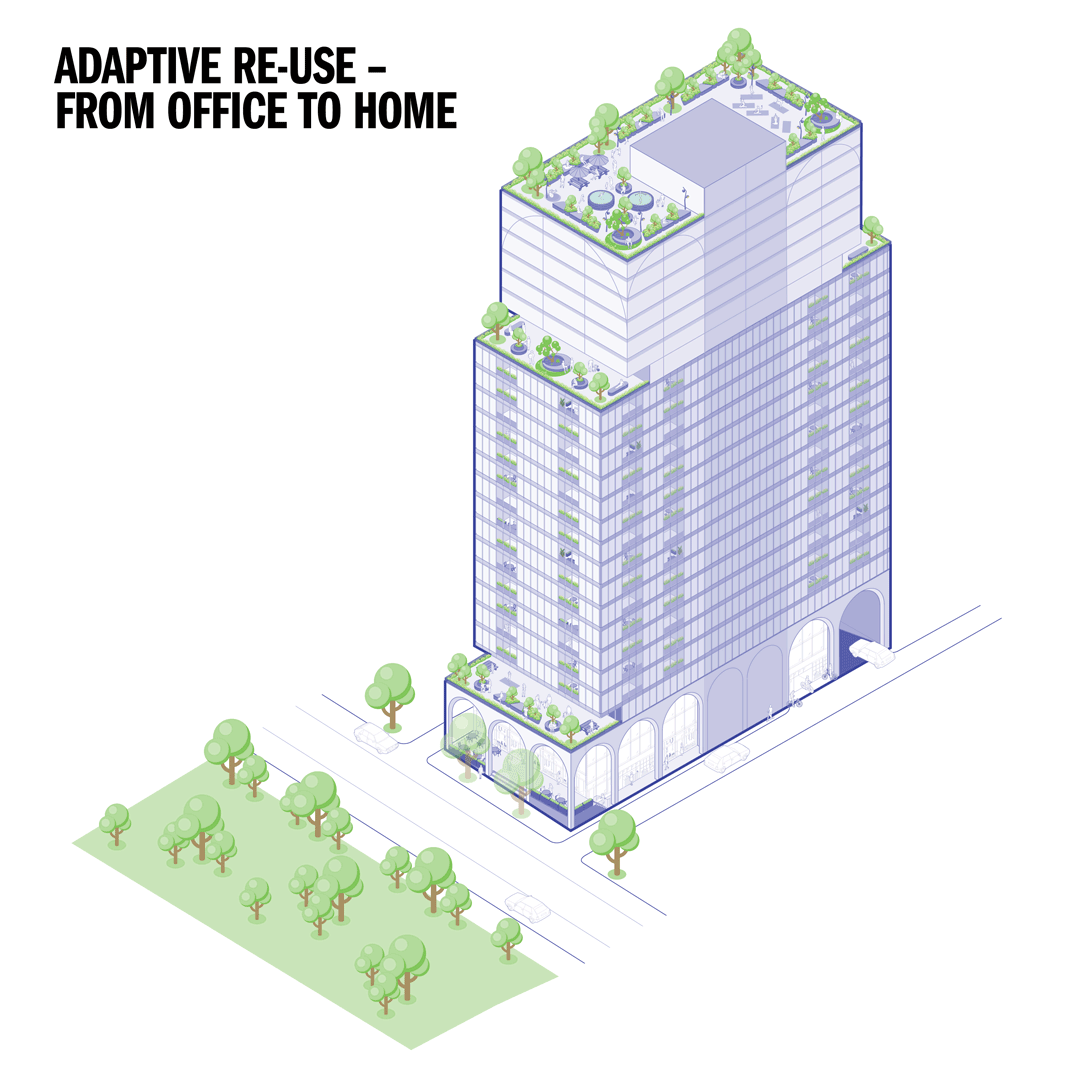

扫描二维码关注Hassell微信公众号
